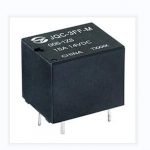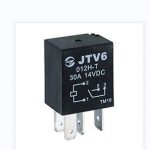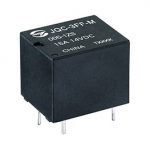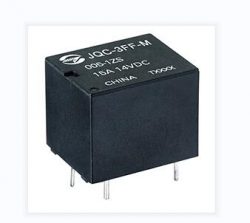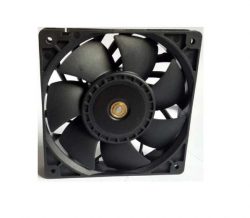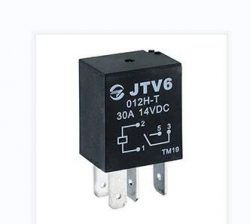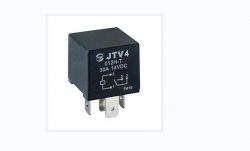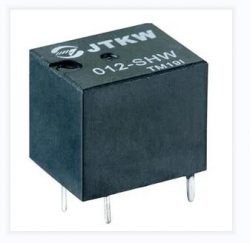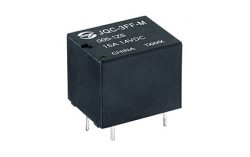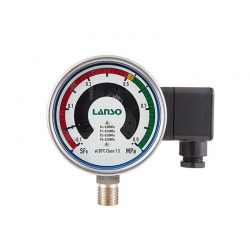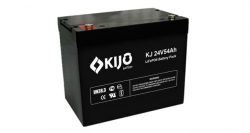24V Automotive Relay
A 24V automotive relay is an electrical switch that is designed to handle high current devices in a vehicle’s electrical system that require a 24V power supply. The relay works by using an electromagnetic coil to generate a magnetic field that pulls together a set of contacts, allowing electrical current to flow to the device being controlled.
The basic components of a 24V automotive relay include the coil, the contacts, and a spring. When an electrical current is applied to the coil, it generates a magnetic field that pulls the contacts together, completing an electrical circuit and allowing current to flow to the device being controlled. When the coil is de-energized, the contacts are released, breaking the circuit and stopping the flow of current to the device.
24V automotive relays are available in different configurations, including normally open (NO), normally closed (NC), and changeover (CO) relays. Normally open relays are open when the coil is not energized, and closed when the coil is energized. Normally closed relays are the opposite, they are closed when the coil is not energized, and open when the coil is energized. Changeover relays have both normally open and normally closed contacts, allowing them to be used for a wider range of applications.
How Does a 24v Automotive Relay Work?
A 24V automotive relay works in the same way as a standard automotive relay, using a coil to generate a magnetic field that pulls together a set of contacts, allowing electrical current to flow to the device being controlled. When the coil is de-energized, the contacts open, interrupting the flow of current to the device. The relay provides a safe and reliable way to switch the flow of electrical current to high-current devices that require a 24V power supply in a vehicle’s electrical system.
What Are Some Factors to Consider when Selecting a 24v Automotive Relay?
Current and voltage rating: Consider the current and voltage rating of the device being controlled. Choose a relay with a contact rating that matches or exceeds the requirements of the device.
Type of contacts: Decide whether you need normally open (NO), normally closed (NC), or changeover (CO) contacts, depending on your specific application.
Coil voltage and current: Choose a relay with a coil voltage and current that matches the voltage and current of the power supply and control circuit.
Mounting and terminal configuration: Consider the mounting style and terminal configuration of the relay, as it needs to fit in the available space and connect to the wiring harness or circuit board.
Expected environmental conditions: Consider the expected environmental conditions, such as temperature, humidity, and vibration levels, as the relay needs to be able to withstand these conditions and function reliably.
Electrical noise: If the application involves electrical noise, consider a relay with special features such as magnetic shielding or noise suppression.
Cost: Lastly, consider the cost of the relay and choose one that meets the application requirements while fitting the budget.

